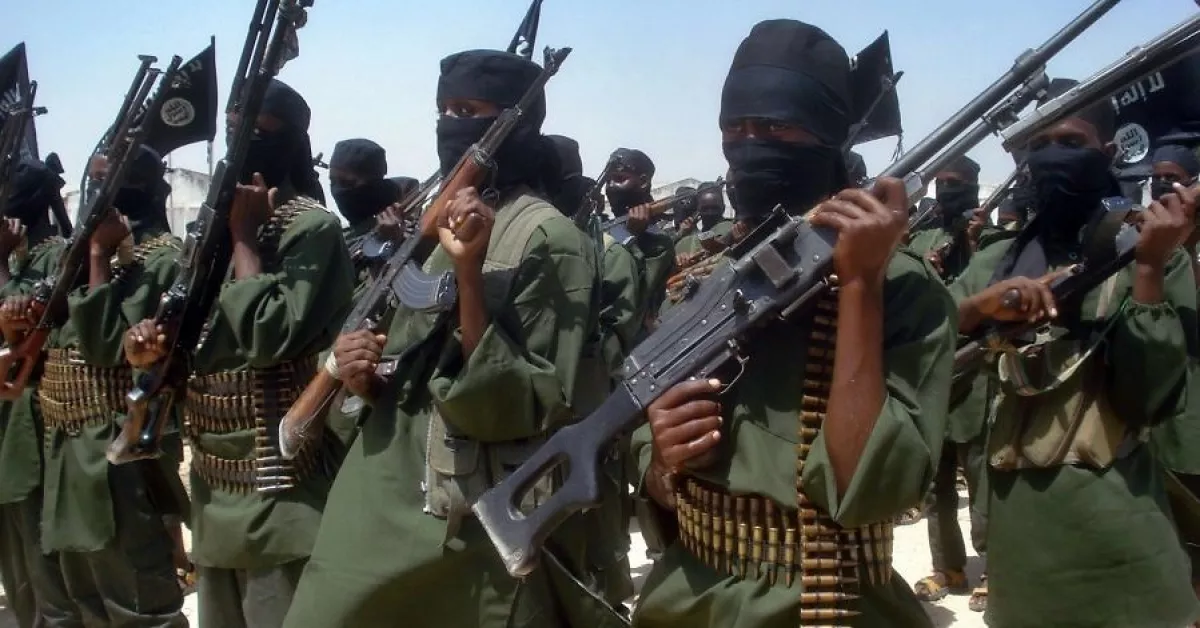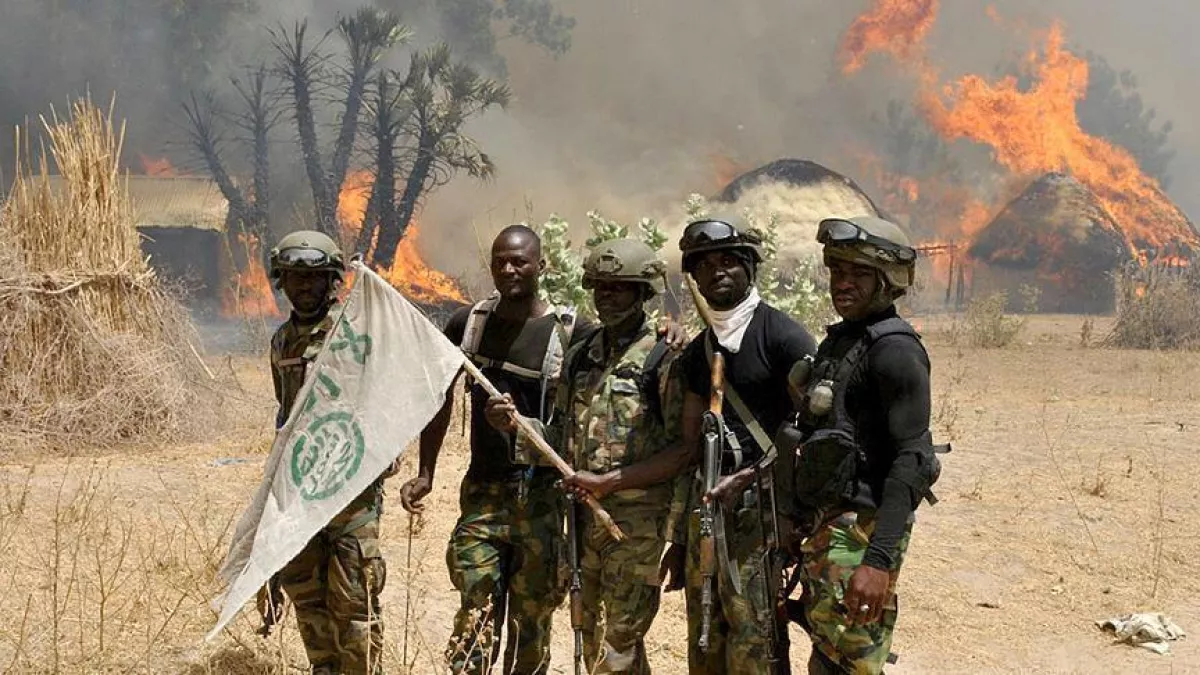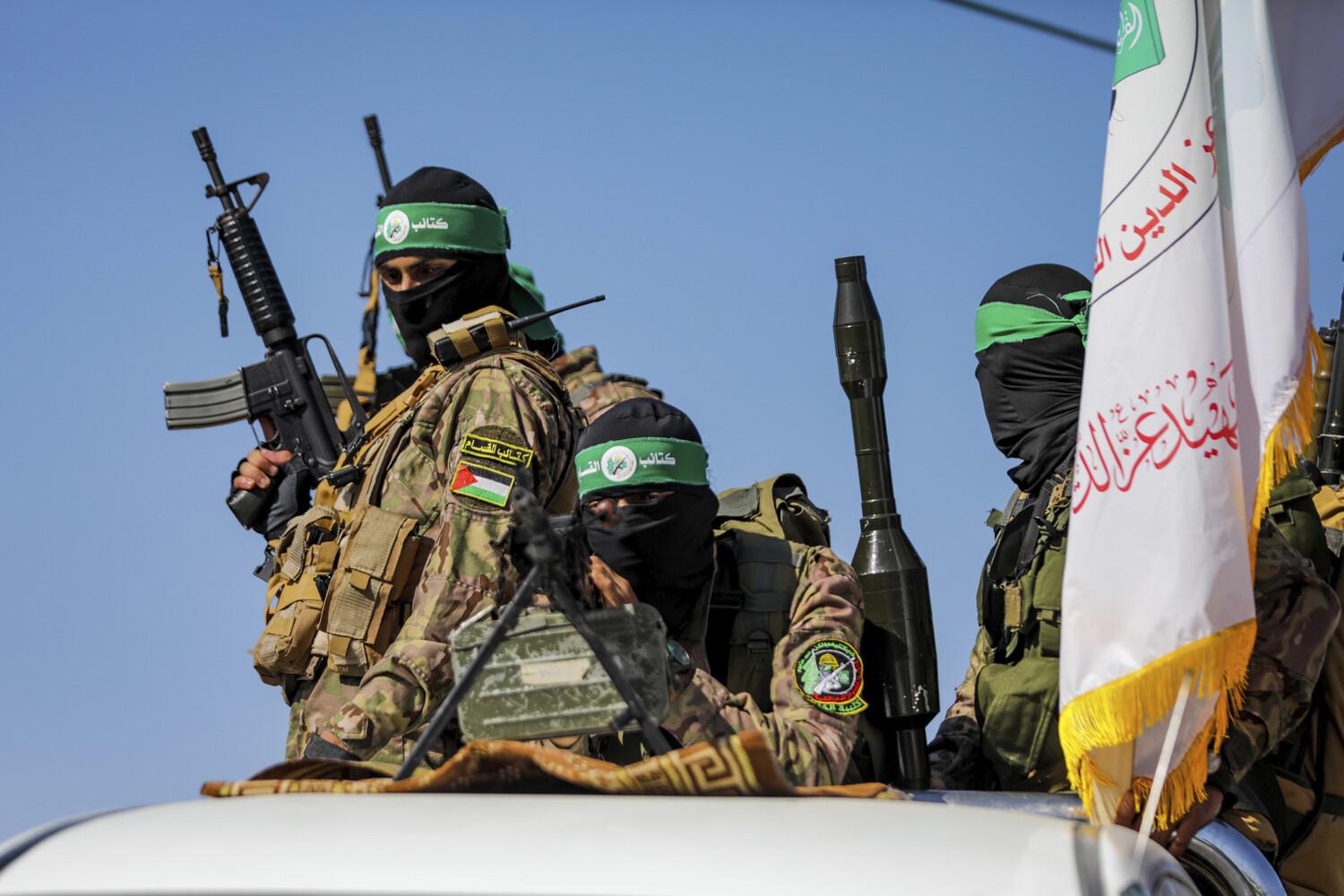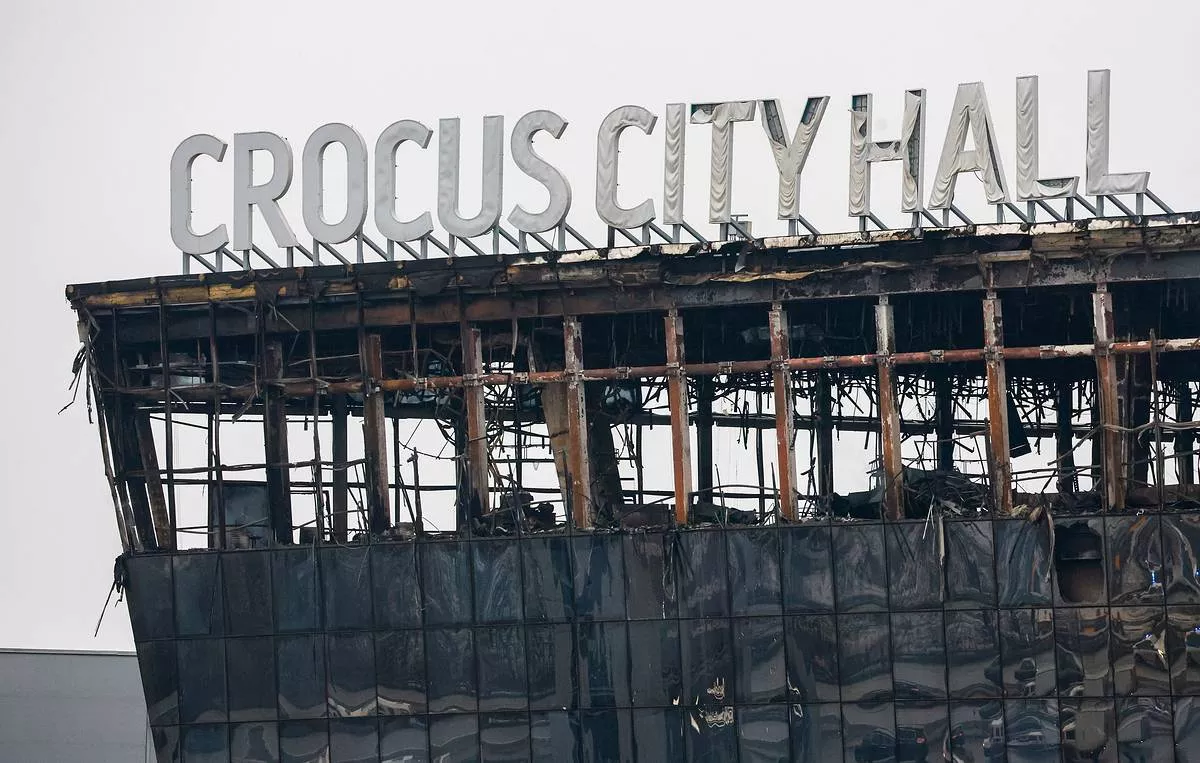Terror in the shadow of war The evolution of threats and regional flashpoints
Against the backdrop of large-scale military conflicts in Eastern Europe and the Middle East, the terrorist threat might seem to have taken a back seat. No act of terrorism can compare to full-scale combat operations, where dozens and even hundreds of people die every day. However, the threat of terrorism remains relevant in 2025. Dozens of armed extremist groups are active worldwide, ready to kill innocent people to achieve questionable goals. Since the beginning of the year, more than 25 terrorist attacks have occurred globally, claiming dozens of lives.
American experts, analyzing the terrorist groups operating in Africa and the Middle East, have categorized them into four types based on the level of threat they pose.
The first category includes groups that represent a "direct threat": these are highly effective organizations that do not hide their objectives and, most importantly, have the capability to strike. An example of such a group is the African Islamist organization Al-Shabaab. Combatting them requires a long-term strategy and cannot be limited to one-off strikes against the militants' targets.

The second group consists of organizations with relatively limited capabilities but demonstrating a willingness to attack their opponents. U.S. intelligence agencies classify most of Al-Qaeda and ISIS’s affiliates into this category, including groups like Boko Haram, Abu Sayyaf, and others. These groups carry out isolated terrorist attacks in their areas of operation, but they do not pose a strategic threat to the United States. The best approach to combating them is sustained counterterrorism pressure, using a relatively limited set of tools: intelligence gathering, allocating resources for counterterrorism efforts, law enforcement actions, and targeted strikes.

Terrorist groups that represent a "latent threat" are considered by Americans to be those that pose a threat to U.S. interests and regional stability. Washington typically includes the Palestinian movement Hamas and the Lebanese organization Hezbollah in this category. According to experts, these groups warrant "close attention" through intelligence collection and analytical work.

Finally, the last group includes terrorist organizations that pose a "minimal threat," such as the "Islamic State of the Democratic Republic of the Congo." While these groups are part of the global jihadist movement, they currently represent a minimal threat to the West and its allies.
It should be noted that countries around the world differ in their assessments of both which organizations are considered terrorist and the level of threat they pose. This is influenced by their domestic and foreign political circumstances. According to the regional counterterrorism body of the Shanghai Cooperation Organization, the greatest security threat this year will come from the activities of the ISIS-Khorasan group. Its militants carried out large-scale terrorist attacks at the Crocus City Hall shopping center in the Moscow region and in the Iranian city of Kerman, resulting in the deaths of hundreds of people.

ISIS-Khorasan operates in Afghanistan and is destabilizing the situation in South Asia, despite the Taliban's efforts to curb its activities. The group also has a presence in parts of Pakistan and is attempting to infiltrate other countries, including Russia, Iran, and Türkiye.
Other significant threats include groups such as Tehrik-i-Taliban Pakistan (TTP) and the Baloch Liberation Army. The TTP aims to overthrow the Pakistani government. This movement, modeled after the "Islamic Emirate of Afghanistan," is increasing the intensity of armed attacks on Pakistani targets. Controlling this group is extremely difficult because it operates in the remote border region between Afghanistan and Pakistan. Baloch ethnic separatist groups are attacking Chinese nationals, complicating the implementation of regional economic projects.
Africa is facing serious challenges, becoming a center for terrorist expansion. The group Al-Shabaab in Somalia has between 7,000 and 12,000 militants and continues to build its capacity. In Mali, Burkina Faso, and Niger, jihadist alliances in the Sahel—JNIM and ISSP—are creating quasi-states. In Nigeria, there is a conflict between the ISWAP group and local terrorist formations, with civilians increasingly becoming victims. As noted earlier, the crisis in Eastern Europe has led to a gradual withdrawal of major global powers from Africa, allowing extremists to strengthen and implement their plans.
In Latin America, the line between terrorism and organized crime is becoming blurred. Mexican drug cartels are using pure terrorist methods, such as psychological intimidation, car bombings, and hostage killings. Cyberattacks have become a tool for mass manipulation of the population and authorities: in Mexico alone, 31 billion hacking attempts were recorded in the first half of the previous year. The tactics of Mexican criminals have been dubbed "quasi-terrorism."
The problem of terrorism has also affected the United States. There, the primary threat comes from within, from right-wing radicals who preach an ideology of white supremacy and guerrilla warfare against the government. Since the Pensacola attack in 2019, more than 130 domestic terrorist acts have been committed, resulting in 75 deaths, with no evidence of direct foreign involvement. Over the past five years, right-wing terrorists have carried out 34 attacks, including the mass shooting in Buffalo in 2022. Their current targets are energy infrastructure—since 2017, there have been six attempts to sabotage power grids. Many extremists, inspired by conspiracy theories and political polarization, are attacking government officials. The peak of this trend was the assassination attempt on Donald Trump in 2024. The Salafist movement also continues to pose a threat to the U.S., as evidenced by the 2025 attack on Bourbon Street, which claimed 14 lives.

All observers note an important trend: the young age of those carrying out terrorist attacks. Radicalization of youth has been and remains a serious issue for law enforcement, not only in the poorest countries of Asia and Africa. In 2024, the share of minors among those detained on suspicion of terrorism in Switzerland exceeded the average for the EU.
In conclusion, experts emphasize that terrorist organizations continue to pose a significant threat to international security. Their activities are exacerbated by the use of modern technologies, the recruitment of new followers via the internet, and transnational connections. Technology plays a dual role: on the one hand, it facilitates recruitment and attack planning, while on the other, it aids intelligence agencies in preventing terrorist acts.
The fight against terrorism is further complicated by the division of the global community and the political games played by intelligence agencies attempting to use terrorists for tactical purposes. For example, cooperation between Russian and Western intelligence services has virtually ceased, and collaboration between Western intelligence and China is also declining. As a result, the world is gradually filling with gray zones where law is replaced by the power of the strong.








